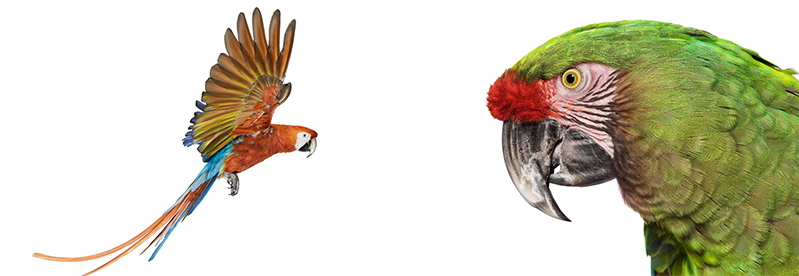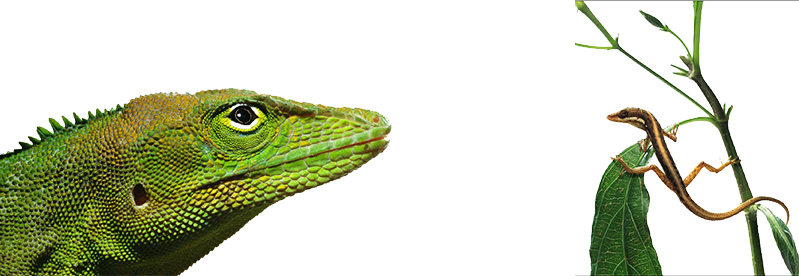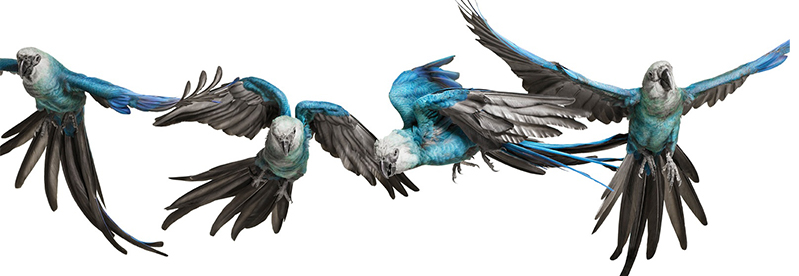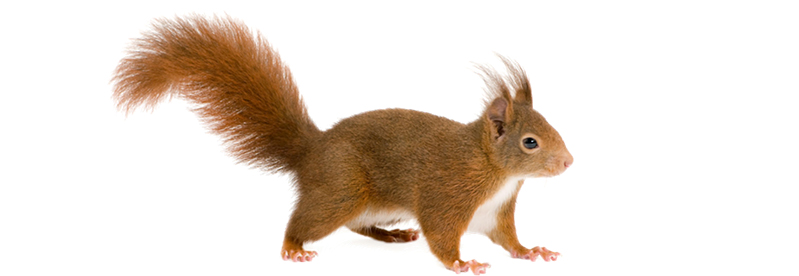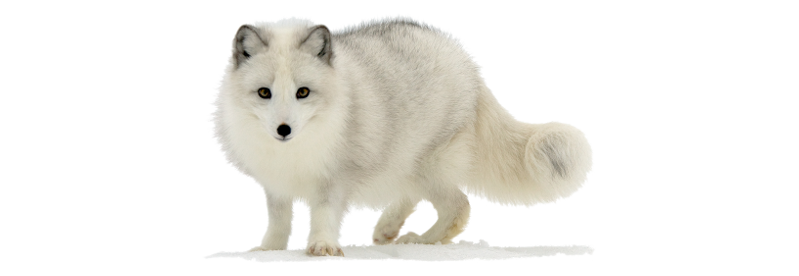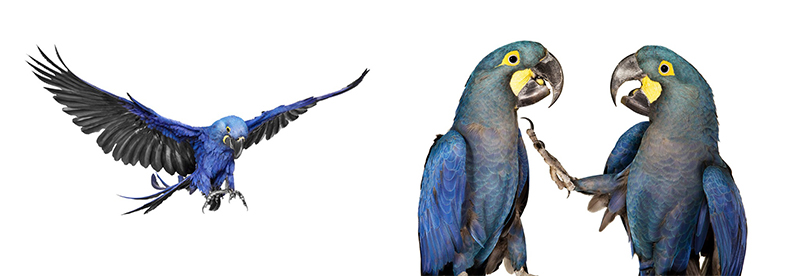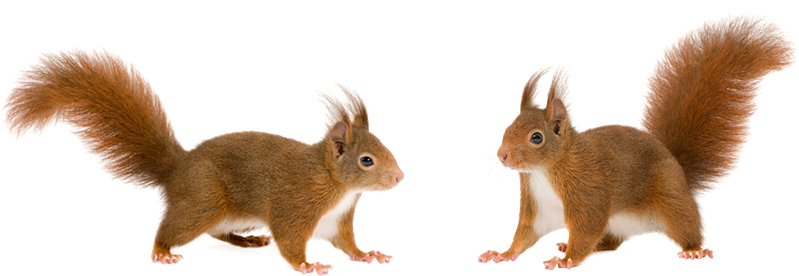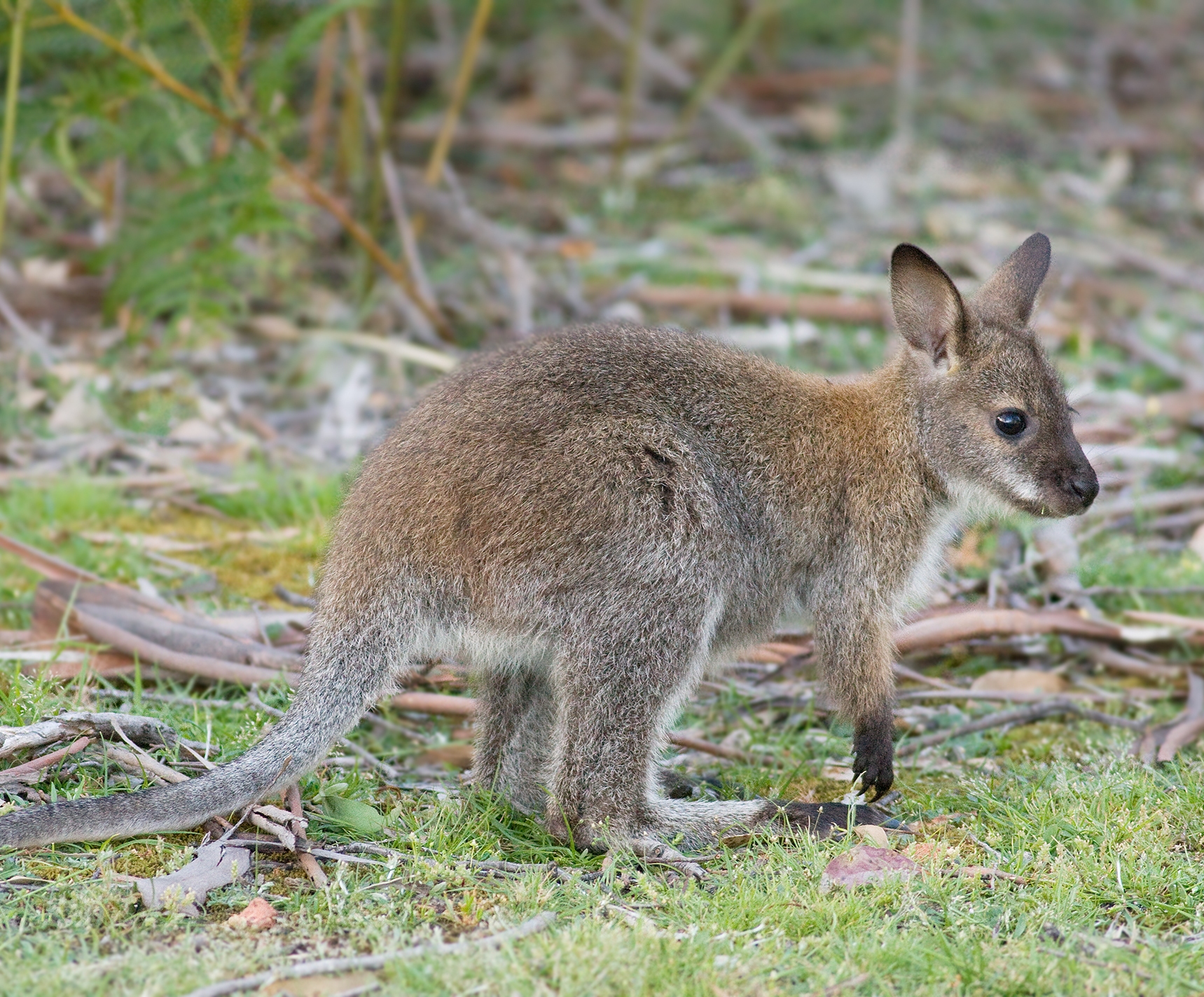
Red-necked wallaby, or Bennett's wallaby (Macropus rufogriseus)
Phylum —chordata
Class — mammalia
Order — diprotodontia
Family — macropodidae
Genus – macropus
Appearance
Red-necked wallabies are distinguished by their black nose and paws, white stripe on the upper lip, and grizzled medium grey coat with a reddish wash across the shoulders. They can weigh 13.8 to 18.6 kilograms (30 to 41 lb) and attain a head-body length of 90 centimeters (35 in), although males are generally bigger than females.
Habitat
Red-necked wallabies live in eastern Australia from the New South Wales to Queensland border area, through to South Australia, and in Tasmania. There is also large introduced population in New Zealand where Red-necked wallaby where declared a pest, and small colonies in Scotland, England, Ireland and France.
Behavior
These wallabies are usually solitary but they may live in "mobs" or groups of up to 30 individuals. The males are aggressive towards each other and fight by “boxing” well after becoming fully mature. Wallabies have a hierarchy, usually with the larger ones being the more dominant. Grooming and play takes place amongst individuals of a similar ranking. These animals are mainly crepuscular, resting during daylight hours under cover, although they can often be seen foraging until late morning and starting to forage again late in the afternoon. Red-necked wallabies cool off by licking their paws and forearms when they are nervously excited or in hot weather. They are not very vocal, tending to use actions and body language to communicate. They growl, chatter and hiss if provoked.
Diet
Red-necked wallabies are grazers, and eat mostly grasses and herbs.
Reproduction
Red-necked wallabies are polygynandrous (promiscuous), when two or more males mate with two or more females. The breeding season takes place from December until May, but in areas with better resources can occur year round. Gestation lasts for 30 days and one young is born to each mating female. A newborn must crawl to its mother’s pouch, where it will nurse continually for about 7 months. The young are not very developed when born and they complete a large part of their growth in the pouch. At about 7 months old they are large enough to stay out of the pouch for a short time. They are completely weaned at the age of 10-12 months. Females may stay in their birth range for life but males leave when they are two years old. Females reach sexual maturity at about 14 months of age and males at 19 months.
Red-necked wallabies may live up to 9 years.
Incaptivity
A huge advantage of having a kangaroo as a pet is the simplicity of its keeping. For a couple of animals, an aviary of 5x5 meters is sufficient (of course, once they get used to it, they will walk freely around the entire site, but at first the aviary is necessary) with a small insulated house. The house is necessary - it is a shelter from the rain, wind and cold. In winter you can hang a mirror lamp so the temperature is not too low, but you needn’t do it in mild winters – kangaroos can feel well at the winter temperature of about 10 degrees below zero, what matters is that the house must be dry – a thick layer of hay and sawdust will provide a dry and warm floor for animals` legs. Kangaroo`s food in winter is hay, fruit, vegetables, crackers, grain, a certain amount of feed, and in summer - grass with periodic addition of grain and fruit. It is necessary to give them fresh branches of acacia and fruit trees with leaves and buds.
It is important to remember that kangaroos are shy animals. In any case, do not let the dogs, which can chase the animals, stay near them - in a panic the kangaroos can crash into the encountered obstacle. Therefore, introduce your animals to other pets gradually, do not force events.
Kangaroos can live alone, but ideally have a couple – a male and a female, or even a group of 1 male and 2-3 females.
 Russian
Russian
 English
English

